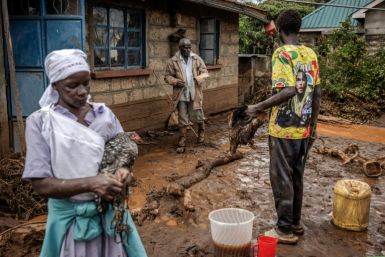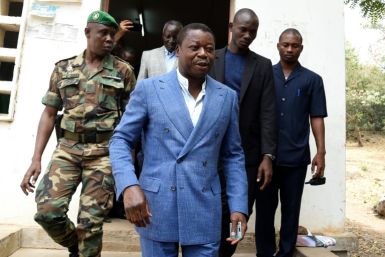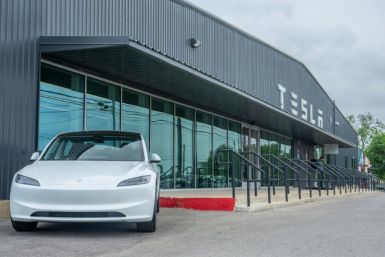BHP Secures Conditional Approval from EPA of $40-Billion Port Hedland Expansion
The Environmental Protection Agency (EPA) of West Australia has granted mining giant BHP Billiton (ASX: BHP) conditional approval of its $40-billion Port Hedland expansion project.
The project would build and run a new shipping berth, 5-kilometre jetty, rail and iron ore handling and stockpile facility on Finucane Island. It is expected to result in an additional export capacity of 240 million tonnes of iron ore and increase vessel movements from the outer harbour between 960 and 1,400 ships a year.
The company would also put in place a 6-kilometre overland conveyer to a new transfer pad to the west of the current Finucane Island facilities.
BHP would also undertake a major marine dredging operation which would last for about four years. It would involve the dredging and disposal of about 42 million cubic metres of sediment. The EPA said the dredging campaign could be managed that it would unlikely compromise the ecological functioning of the local and regional marine environment, said WA EPA Chairman Paul Vogel.
Mr Vogel said on Monday that the agency found BHP's proposal to be complex. The EPA required the miner to meet a comprehensive set of environmental conditions such as coming up with measures to limit the impact of the activities on marine habitats.
BHP pursued the port expansion project after it failed to access the Pilbara ports of Rio Tinto (ASX: RIO) first through a failed takeover of Rio in 2007 and a planned merger of the iron ore businesses of the two mining giants.
To build the project, BHP would need to bring in 6,000 workers and build a new accommodation camp expected to be completed by 2016/17. Initially, the facility targets to house 2,000 construction workers by 2013/14.
The project is the most prominent part of BHP's $20-billion expansion plan.
Prior to the EPA conditional approval, there have been speculations that rather than spend on an expensive port expansion project, BHP would instead purchase the port allocations of smaller mining firms such as Atlas Iron and Brockman Resources. Atlas has 46.5 million tonnes port allocation worth $2.85 billion.
However, analysts said such an acquisition would only provide a short-term boost to BHP's iron ore export capacity and would not fully meet the mining giant's iron ore long-term goals.
Paul Young, analyst of Deutsche Bank, pointed out to The Sydney Morning Herald that the outer harbour will be 110 million tonnes and potentially up to 220 to 240 million tonnes. The doubling of production could not meet the capacity target with the inner harbour.
BHP is expecting its Pilbara iron ore export to reach 159 million tonnes this financial year, which would hit 350 million tonnes by 2020 under the outer harbour plan.
The EPA conditional approval is still open for a two-week public appeal period which ends Feb 6.
Port Hedland is the higgest tonnage port in Australia and the largest town in WA's Pilbara region. It is a natural deep anchorage port. It is connected by railway lines from four major iron ore deposits to the east and south of Port Hedland area.
Besides handling iron ore shipments, the port is also the route for shipment of other major resources such as natural gas, salt, manganese and livestock.






